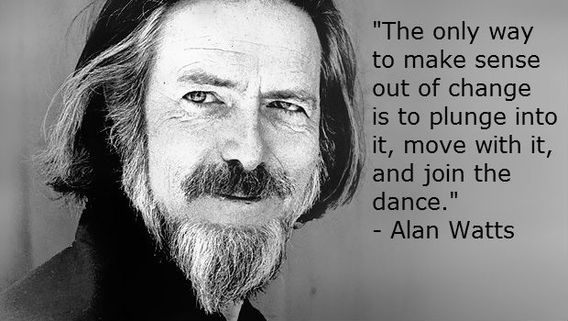Science’s Toughest Test, & Higgs Particle vs Piketty

Good science allows only shakeable faiths. Its toughest test comes when new evidence meets old certainties. By that test some economics seems more art (or math masked religion) than science.
Thomas Piketty’s new book reporting historical inequality data has been called a “masterly diagnosis” that’ll “change…the way we think about society.” But also “a bizarre ideological screed,” with its “main argument…based on two (false) claims.”
That seems different from how sciences like physics handle new evidence. The documentary Particle Fever about discovering the Higgs particle shows physicists are ready to dump decades of ideas and work because of new data. The key is what’s considered sacred?
Science’s pre-commitments are to rigorous processes, not to particular inputs or outputs. Its experts readily defer to reality as referee. But experts in economics can be “ideologically” pre-committed to sacred assumptions (or results), dominated by “identity protective cognition,” and driven to defend tribal positions.
One aspect of Tyler Cowen’s intertribal Piketty review illustrates. He calls Piketty’s redistributive recommendations “more ideological than analytic,” then complains about “distorting effects” of “intense government control,” asserting that growing the “economy would do more than wealth redistribution to combat…inequality.” But recent IMF research finds “no observed tradeoff between redistributive…institutions and…growth.” Instead “inequality reduces growth”. Are Cowen’s ideological priors encouraging him to discount contrary evidence?
Are disputes in economics doomed to be less decidable, by nature? Some lessons:
1. Dialogue of the deaf: Paul Krugman says economic “principles are by no means universally agreed upon.” Thus data becomes less decisive.
2. Constellation errors: Many plausible pictures can be drawn between economic datapoints.
3. Analytical asymmetries: Flaws are like foreheads—those of others are easier to see. So grant greater weight to the scrutiny of opponents (e.g. Cowen is more reliable critiquing Piketty than in promoting his own views).
4. Procedural props: Escaping our own biases requires assistance, using tools like heterospective or rigorous bias-balancing procedures.
5. Disposable darlings: Experts unwilling to kill their cherished ideas are less trustworthy.
6. Generalize cautiously: Especially with humans lab research isn’t always safely generalizable to all of life (which lacks controlled conditions). But over-extrapolation remains tempting. Here’s an Ezra Klein case. Clive Cook says Piketty’s main conclusions are a stretch.
7. History isn’t sacred: Evidence from the past can disprove universal “laws,” but for humans its rules aren’t always sacred. Innovation happens. Patterns change. Yesterday’s impossibilities become today’s driving forces. This constrains Piketty’s lessons.
8. Pattern fitting: Brimming with complex factors and multiple cascading, often indirect, effects economics is closer to history or ecology than physics. Context is king and the Darwin pattern likely fits better than the Newton pattern.
Economic-man is not the measure of all things. Blessed are they whose experts are humble. And adaptable to life’s messy flux.
Illustration by Julia Suits, The New Yorker Cartoonist & author of The Extraordinary Catalog of Peculiar Inventions.




